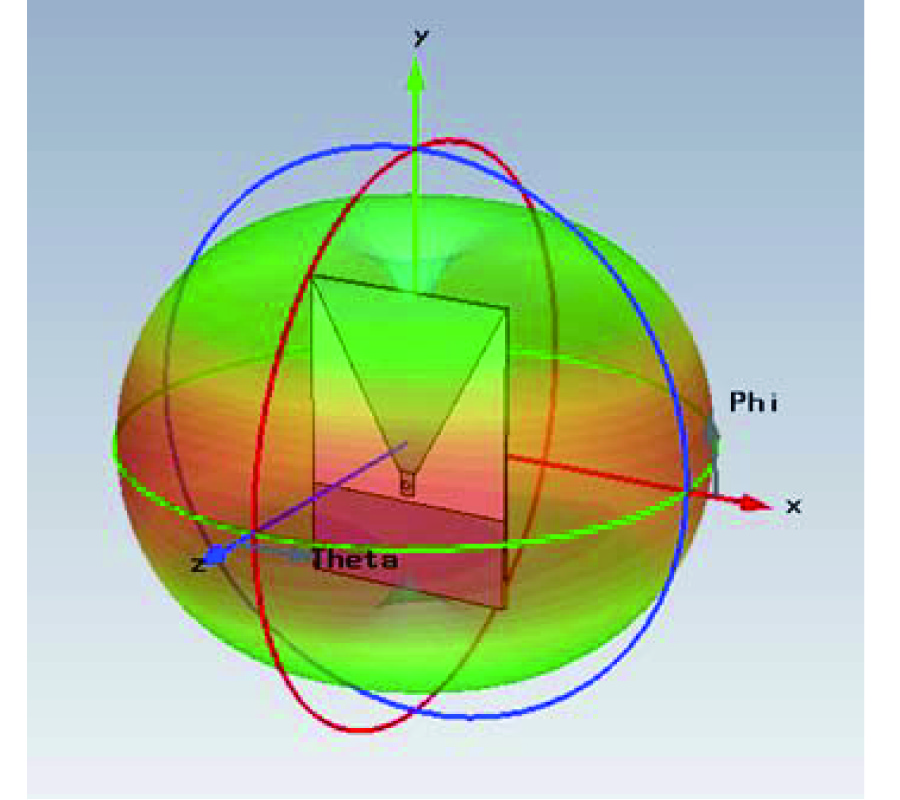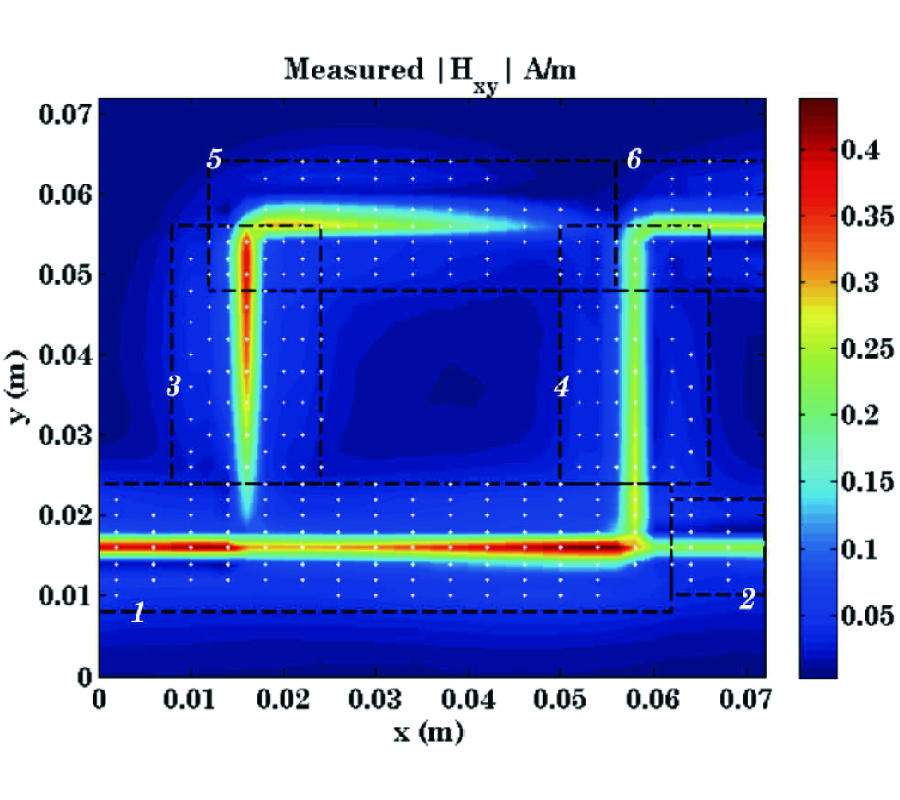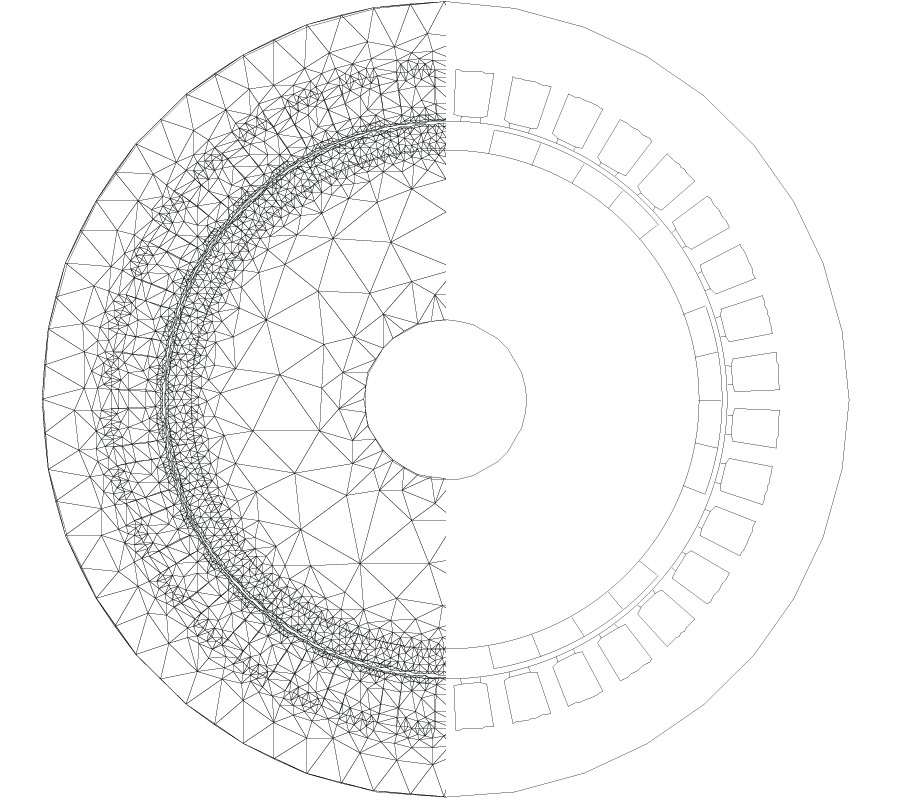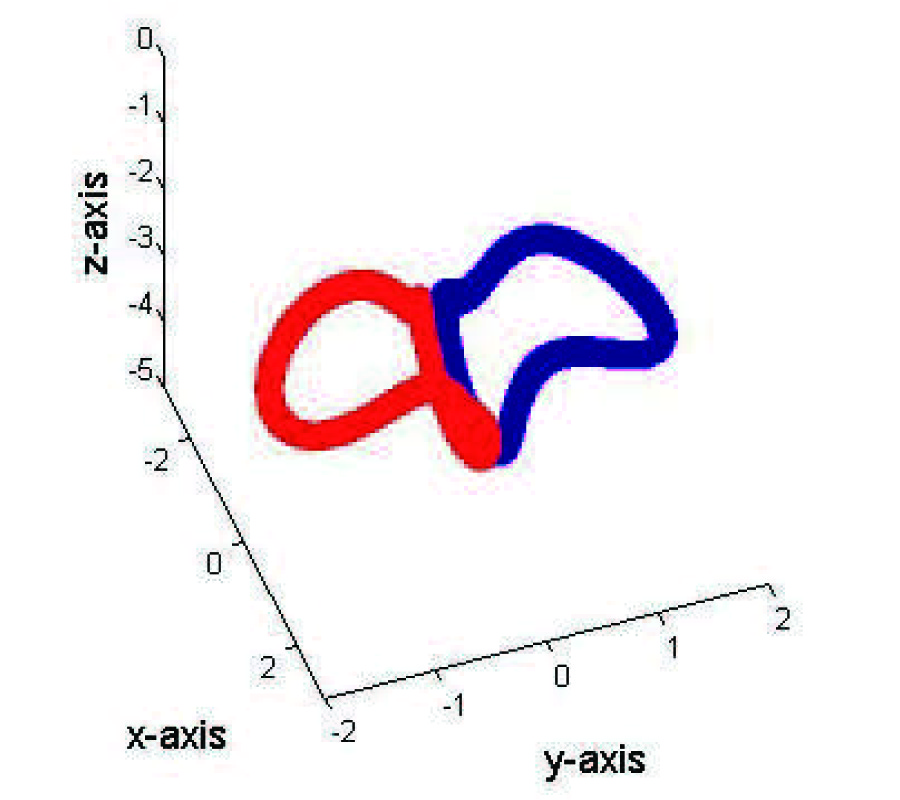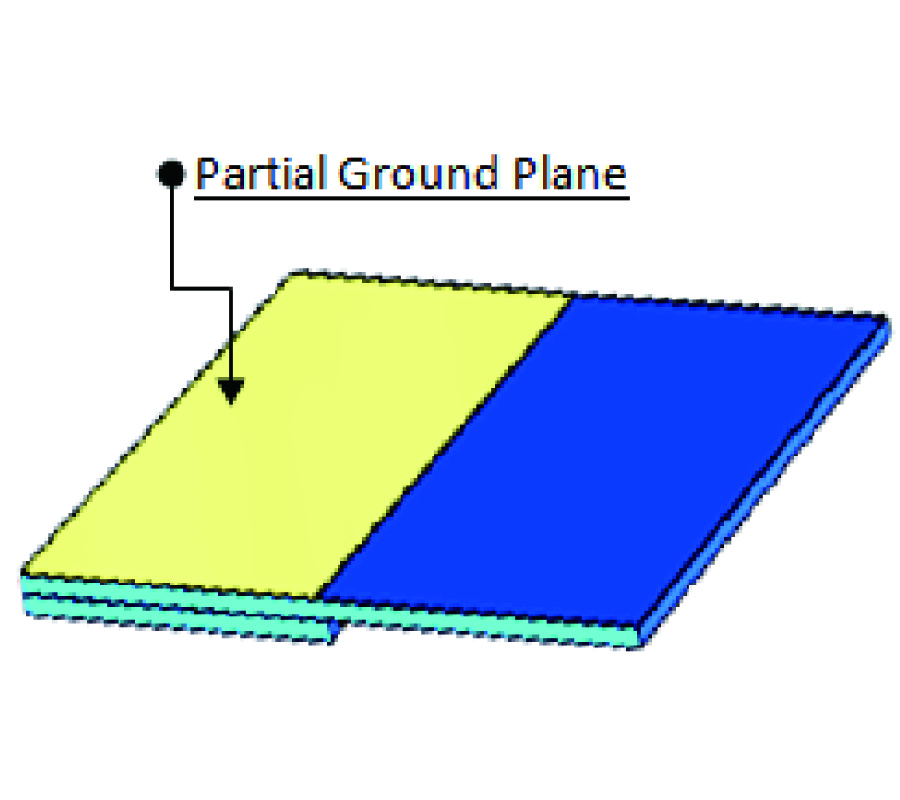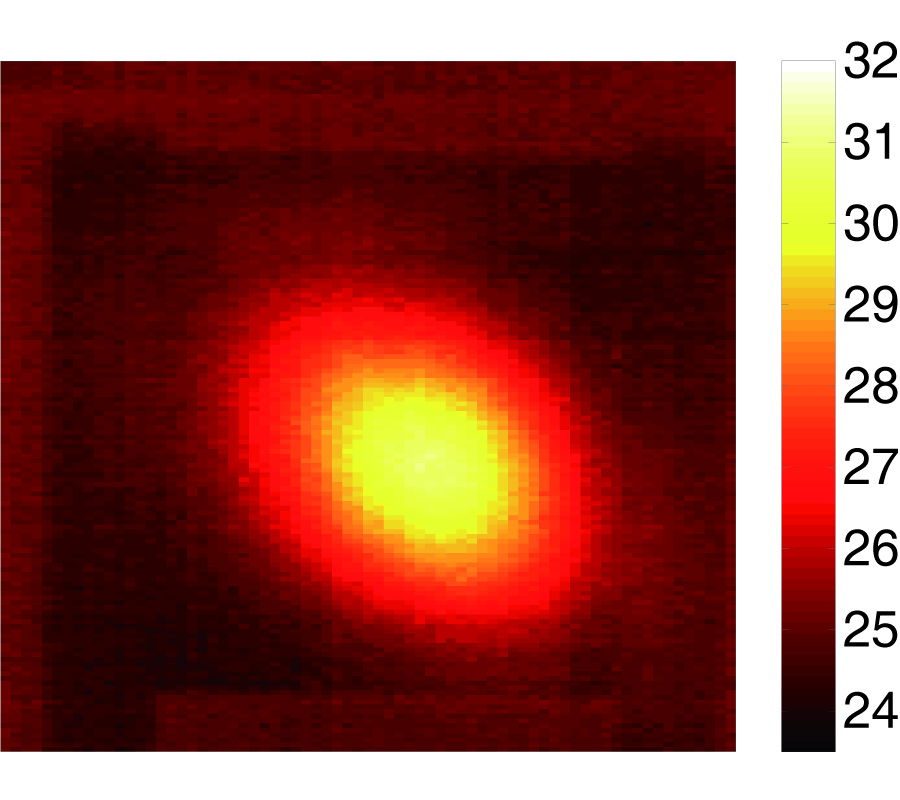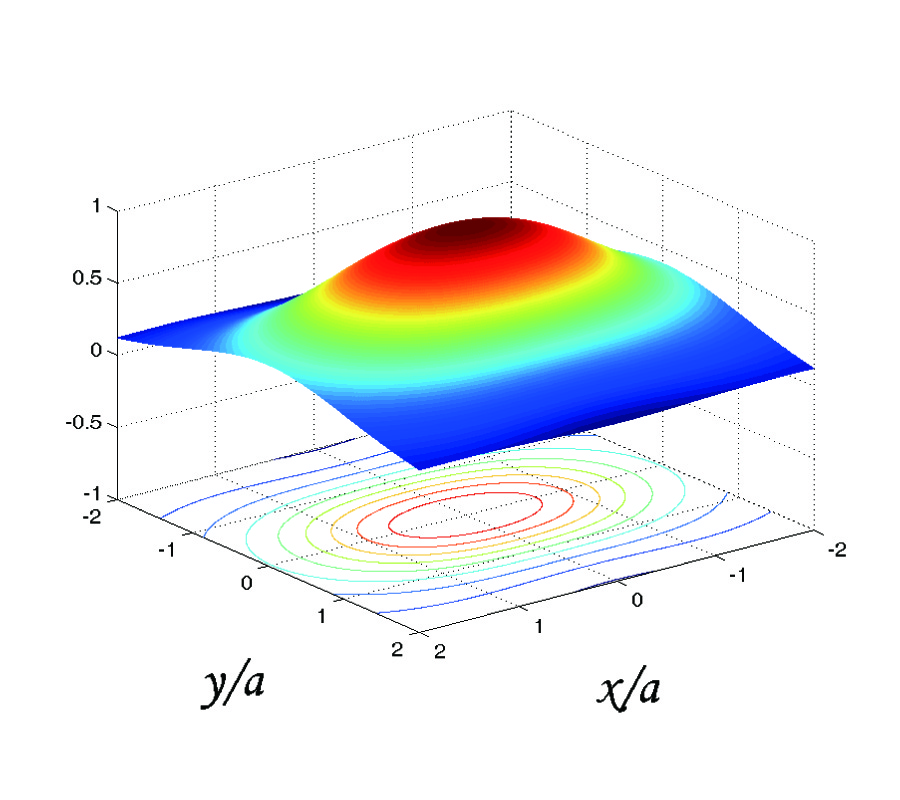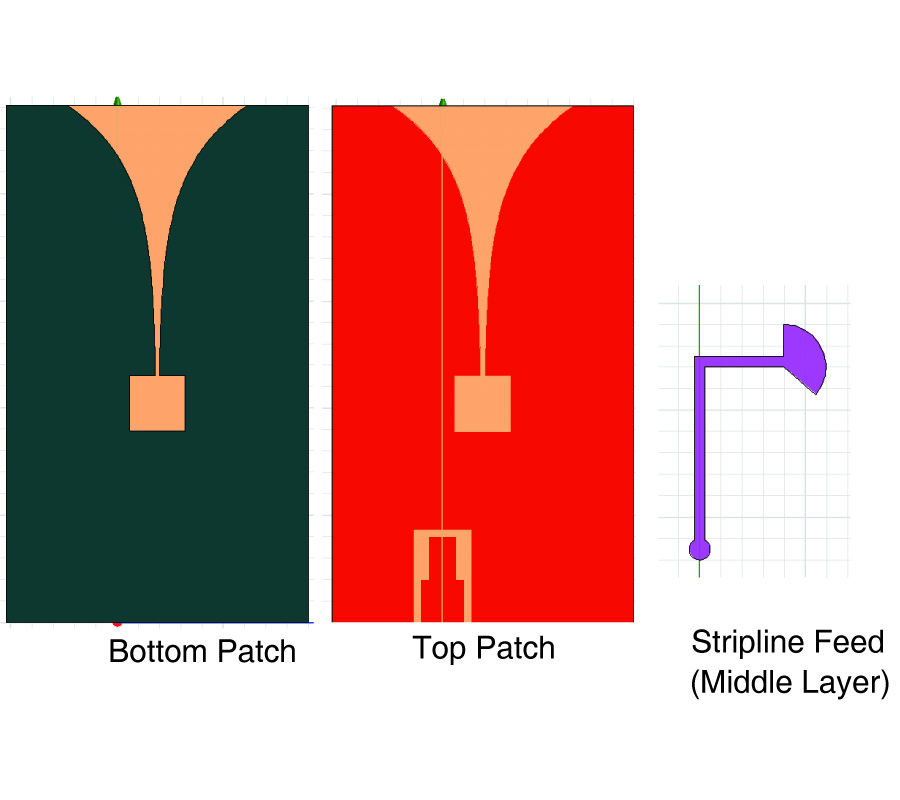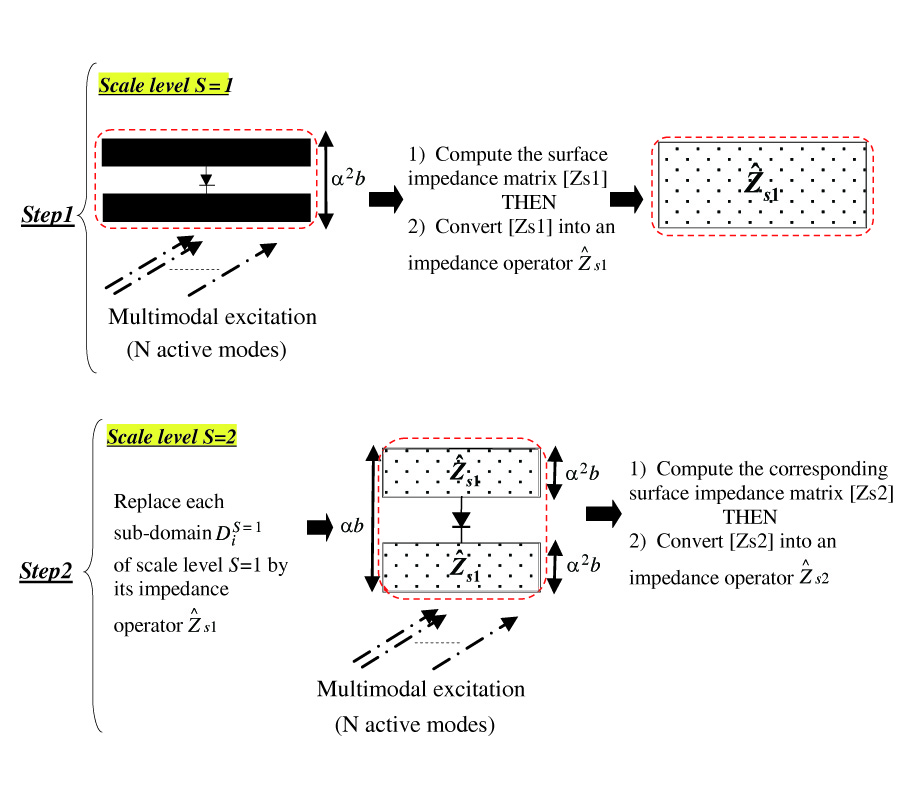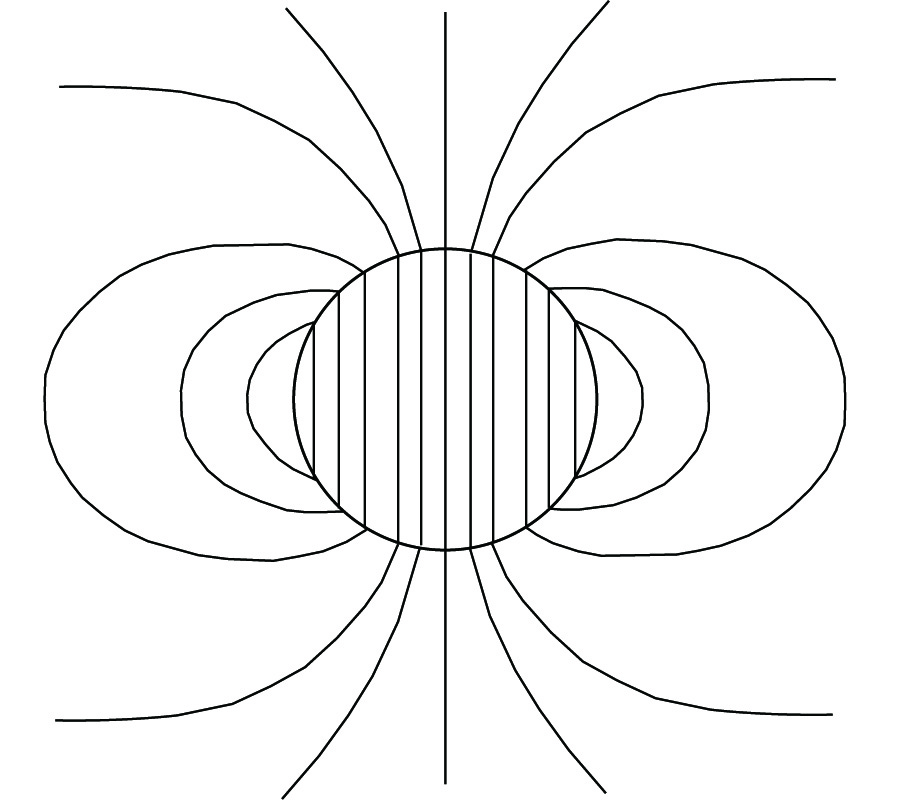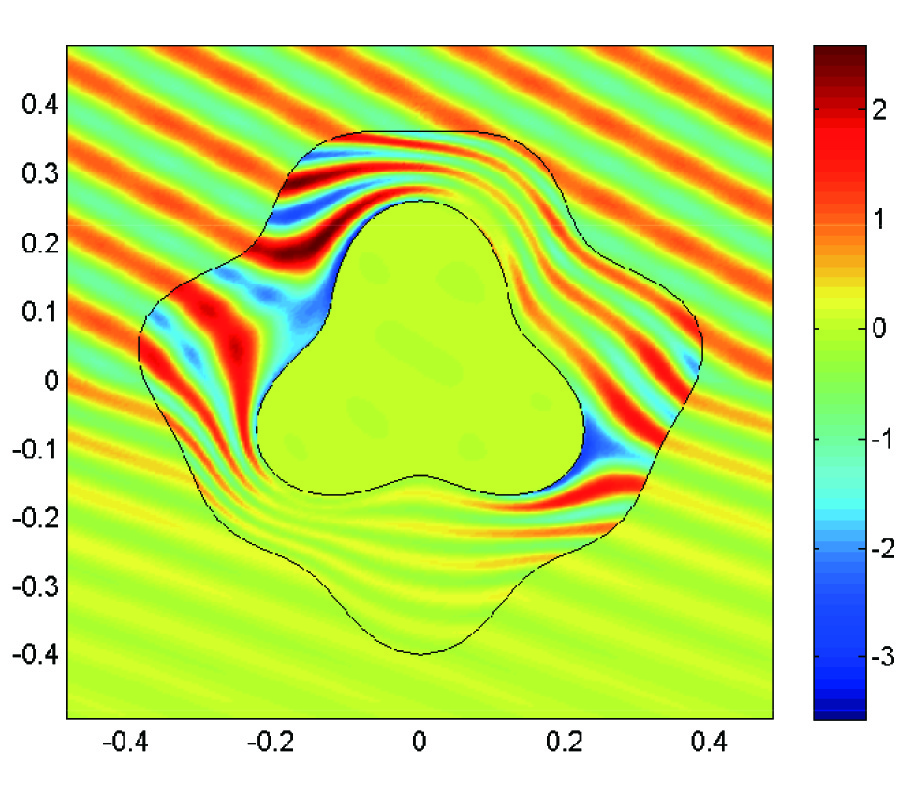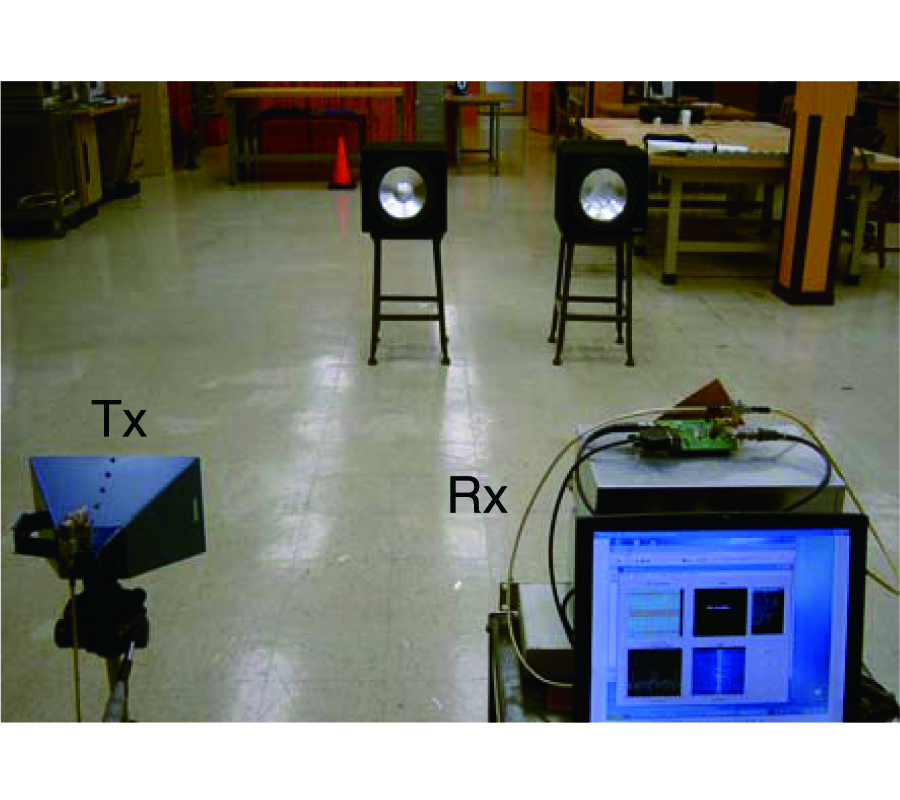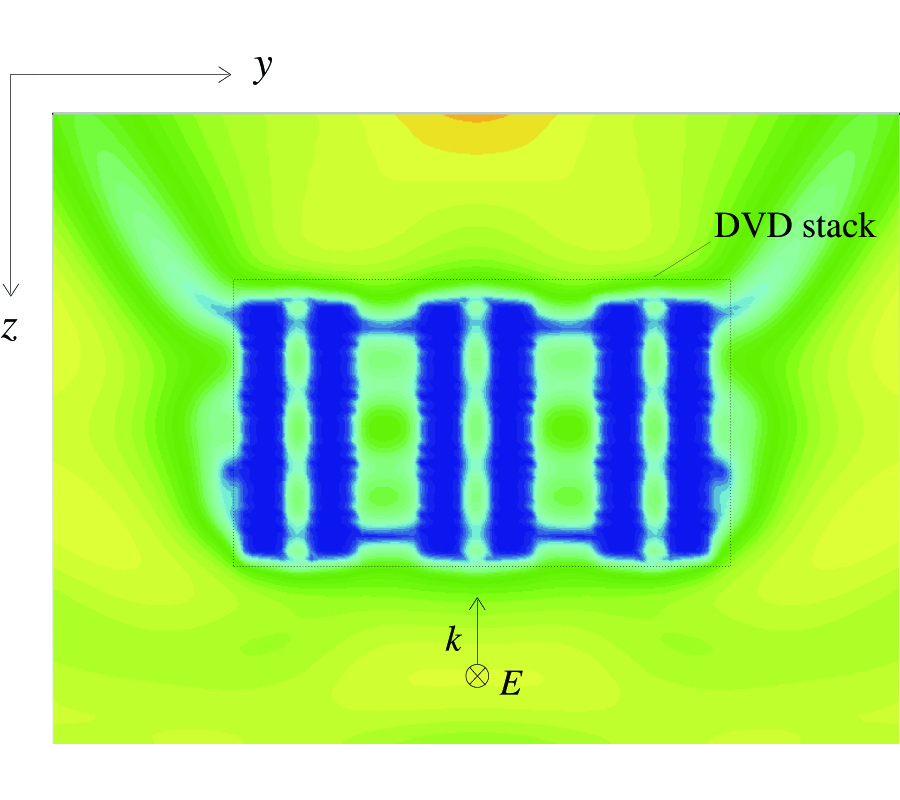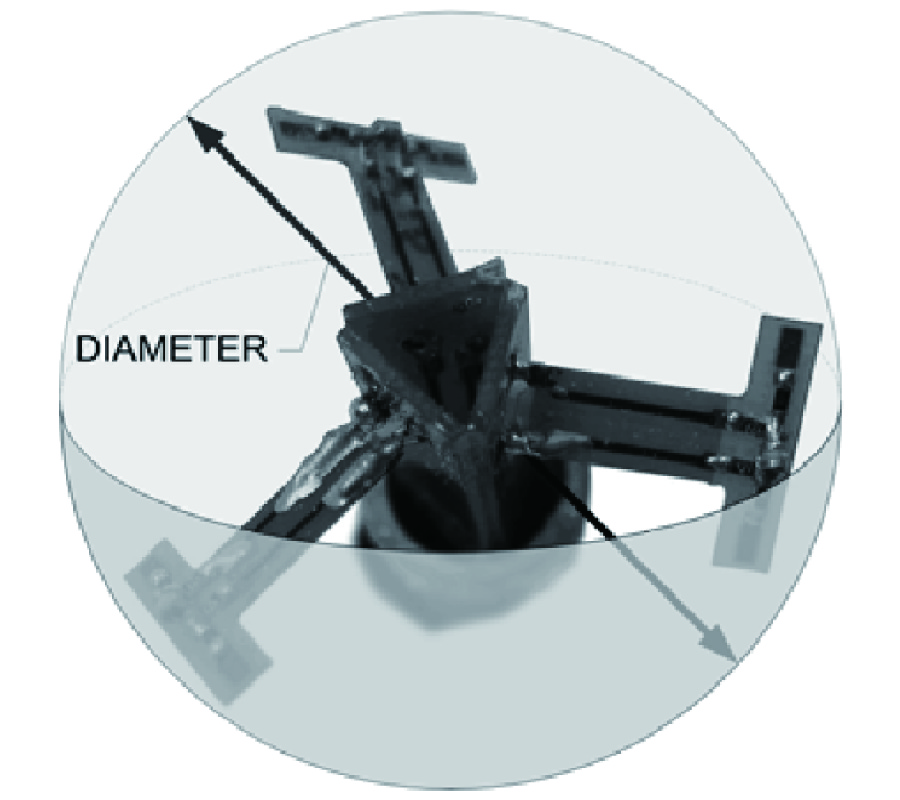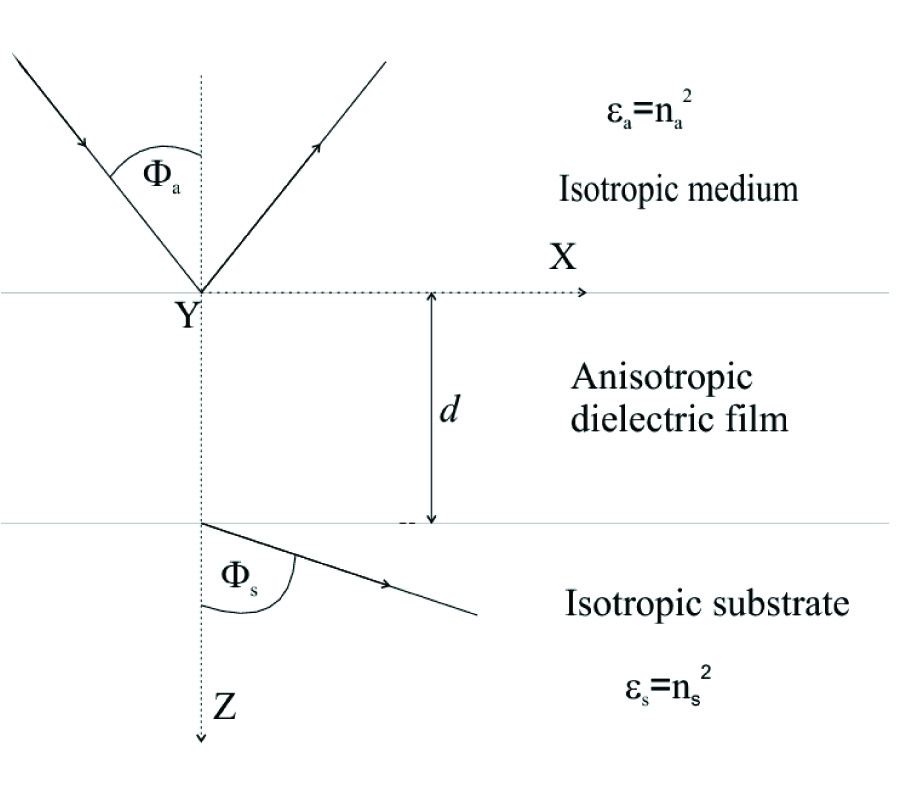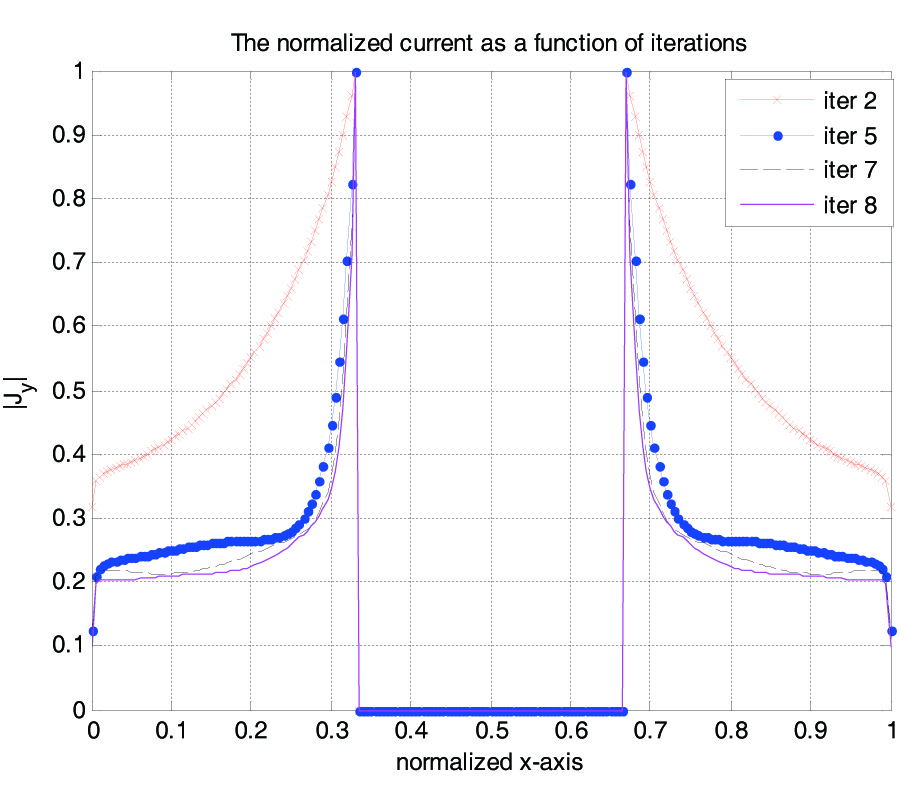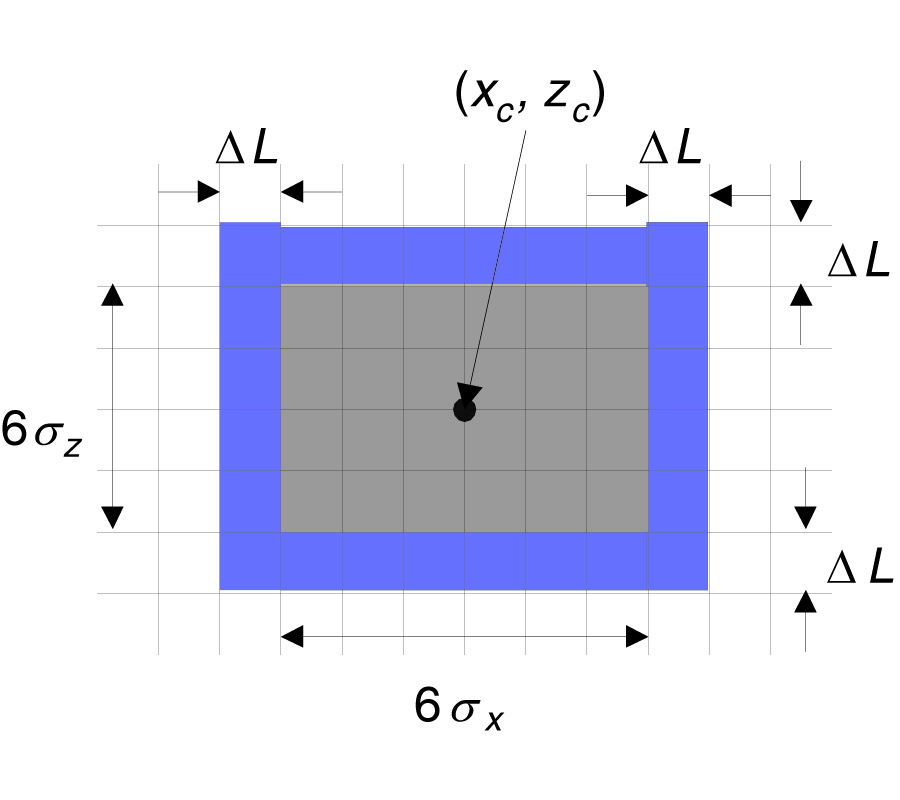Design, Implementation and Performance of Ultra-Wideband Textile Antenna
Mai A. R. Osman,
Mohamad Kamal Abd Rahim,
Muhamad Azfar Abdullah,
Noor Asmawati Binti Samsuri,
Farid Zubir and
Kamilia Kamardin
Communication technology is increasingly pervading everyday life. The rapid progress in wireless communication besides the increasing interest in wearable antennas and electronics in civil, medical, sport wear and military domains promises to replace wiredcommunication networks in the near future in which antennas are in more important role. Recently, there has been growing interest in the antenna community to merge between wearable systems technology, Ultra-Wideband (UWB) technology and textile technology. All these together have resulted in demand for flexible fabric antennas, which can be easily attached to a piece of clothing. In this paper, three different structures of UWB antennas using clothing materials and suitable for wearable application were fabricated and presented. The substrate of the designed antennas was made from jeans textile material, while radiating element and ground plane are made out of copper tape. The operating frequency of all three designs is between 3 GHz and 12 GHz. Measured results are compared with simulations and good agreement was observed.
